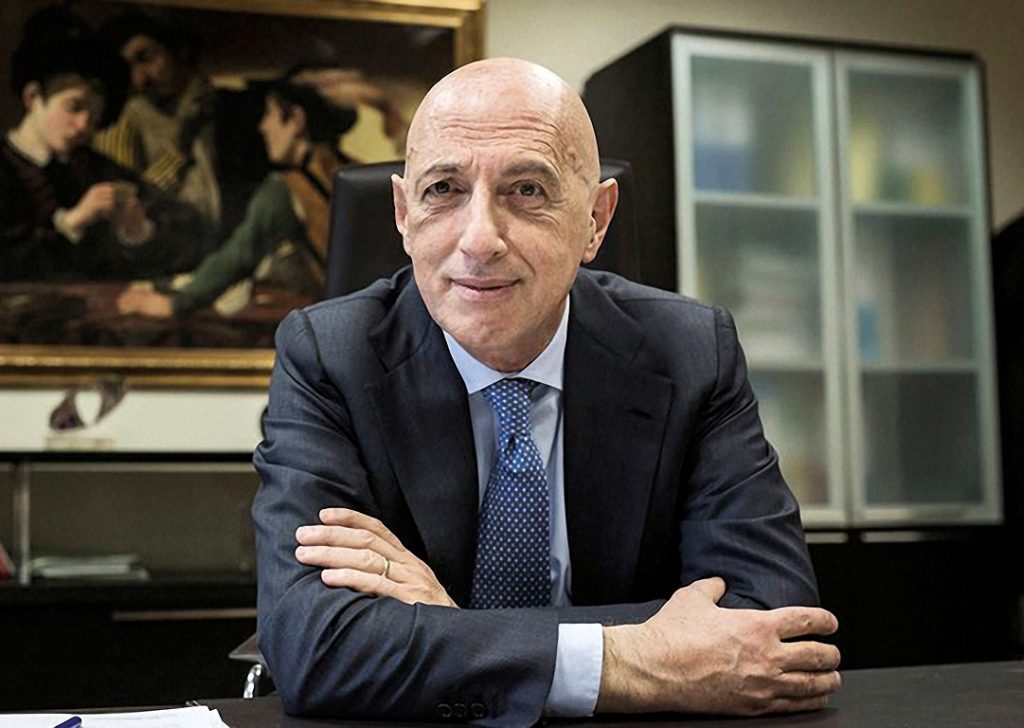Fondo Pensione Nazionale BCC/CRA: Pioneering Pension Fund Provides Balance and Choice for Members
When Sergio Carfizzi joined Italy’s Fondo Pensione Nazionale BCC/CRA (FPN) as general manager in 2008, the fund had around €900m in assets and a handful of employees.

General Manager: Sergio Carfizzi
The investment strategy was rudimentary — essentially a portfolio dominated by domestic government bonds. FPN is now a multinational with €2.6bn in assets and 23 staff members. It has built what Carfizzi calls “a gem of a portfolio” including uncorrelated alternative strategies.
One of Carfizzi’s first steps as GM was to diversify options for fund members. Initially, they had no say; now they can choose between three main sub-funds, according to risk preferences and age.
The development of a strong FPN portfolio relied on investment in internal resources, a process complicated by increasing regulation. Lacking regulatory guidance, Carfizzi had to create internal structures from scratch — often as a pioneer. “Pension funds in Italy were born with feet of clay,” he observes. “They needed to be strengthened on many fronts.”
Backed by the board of directors, Carfizzi implemented layered risk-management and a compliance system. In the early history of Italian second-pillar pension funds, outsourcing was the prevalent strategy. “For a fund to grow and become independent, internalisation is the correct strategy,” says Carfizzi.
He had to strike a balance, and he succeeded. The fund has reached an optimal mid-point between internal and external management capabilities.
Fondo Pensione Nazionale is a defined contribution pension scheme founded in 1987 and it’s the complementary pension fund for Italian co-operative and agricultural banks. Benefits depend on the profitability of the portfolio, among other factors. The fund is structured in three investment lines that vary allocation and risk according to time horizons.
There are several OICR Funds in diversified and uncorrelated asset classes — real estate, infrastructure, solar energy, private equity, private debt, venture capital, and crowdfunding.
The FPN financial team puts its focus into two macro-areas, one controlling direct investments, the other controlling mandates. Since 2021 each macro-area has been involved in ESG-monitoring.
FPN was one of the first pension funds in Italy to create a risk management structure independent of the finance department. “This comprises two people,” explains Carfizzi. “One monitors financial risk, the other operational risks.” FPN has structured a new compliance department that oversees the application of rules and regulations.
Sergio Carfizzi works with the head of the finance department on processes and controls. Despite the upheavals of the Covid pandemic, FPN saw good results for every investment line in 2020 — positive returns between three and six percent — while maintaining a lower-than-benchmark risk-level.
The fund has up to 90 counterparties, depending on tactical positioning, representing private equity, private debt, infrastructure, traditional liquid asset classes, and domestic and foreign real estate. Fondo BCC/CRA was one of the first pension institutions in Europe to explore venture capital and crowdfunding asset classes.
“Those niche investments form the latest milestone in a long journey,” says Carfizzi. The investment philosophy focuses on diversification. “FPN never loses sight of that.”
Carfizzi has appointed managers with differing approaches, but balanced and complementary strategies. The portfolio is geographically diverse, allowing FPN to minimise drawdowns and take advantage of emerging opportunities. The same principle applies to FPN’s alternative investments portfolio — worth over €470mn at the end of 2020: 18 percent of the overall portfolio.
It was split between private equity (37 percent), real estate (29 percent), private debt (20 percent), infrastructure (13 percent) and insurance-linked securities (one percent). Within that, 62 percent of the portfolio is invested in Italian assets. In the private debt space, in 2020 Fondo Pensione Nazionale added non-performing loans (NPLs) to the portfolio, invested across nine funds.
In the alternative space, Carfizzi’s management selection is guided by his experience in the credit sector. His objective there was always to evaluate creditworthiness; he takes a similar approach for alternative investments and opportunities.
“The investment strategies must take ESG factors into account,” Carfizzi says. “Back in 2009, before ESG became a trend — and while the Italian and European jurisdictions were considering more regulations — we took our first steps towards sustainability. As of 2021, permanent ESG staff have monitored the criteria over the entire investment process.”
The portfolio diversification and subsequent investments in “uncorrelated” assets allowed the fund to make its voice heard on ESG. It raised awareness of issues which have become the cornerstone of every sound investment choice.
You may have an interest in also reading…
The Value is in the Solution: A Firm Protecting the Things that Can Never Be Replaced
FLI Global is an environmental services and technologies business focused on the protection of air, land, and water. Its experienced
Seventy Years of Experience, Billions in AUM and Multiple CFI.co Awards — La Trobe Financial is simply ‘Killing it’
Australian asset manager rules the Antipodes with a client-focused attitude that has attracted 93,000 retail investors With over $17bn in
CORDET Capital: Unlocking the Potential of Northern Europe’s Lower Mid-Market
With a sharp focus on delivering compelling risk-adjusted returns, CORDET Capital has positioned itself as a distinctive force in private


















































































